
 As expected, strong winds associated with TS Gamma are keeping most birds grounded. The stationary frontal boundary is currently sitting over South Florida, draped from the Palm Beaches, southwest to the 10,000 Islands, and extending into the Gulf of Mexico. We expect migrants to sit it out, and take advantage of the drier forecast for Sunday. It’ll be a good time to refuel for the next leg of their journey. A drier patch of air is expected to move into the Atlantic metro-areas, bringing some high heat index numbers (don’t forget your sun protection) to the region. Some birds may take advantage of the dry night conditions, and fly short distances, but we think the bulk of birds will sit tight. Further up the state, Jacksonville radar was lit. Birds moving fast from NE->SW, eventually meeting the inclement weather. There is potential for a major stack up of migrants with these conditions aloft.
As expected, strong winds associated with TS Gamma are keeping most birds grounded. The stationary frontal boundary is currently sitting over South Florida, draped from the Palm Beaches, southwest to the 10,000 Islands, and extending into the Gulf of Mexico. We expect migrants to sit it out, and take advantage of the drier forecast for Sunday. It’ll be a good time to refuel for the next leg of their journey. A drier patch of air is expected to move into the Atlantic metro-areas, bringing some high heat index numbers (don’t forget your sun protection) to the region. Some birds may take advantage of the dry night conditions, and fly short distances, but we think the bulk of birds will sit tight. Further up the state, Jacksonville radar was lit. Birds moving fast from NE->SW, eventually meeting the inclement weather. There is potential for a major stack up of migrants with these conditions aloft.


Birds that made it to South Florida before the migration pipeline was shutdown, are likely to be moving locally, looking for suitable foraging habitat. Hit those tried-and-true migrant traps that offer lots of native habitat. These habitats are first choice by migrants, as they offer places to rest and refuel. Depending on what type of migrants you are in search of, you’ll need to find the food and the habitat to locate the birds. If you are in search of warblers, tanagers, orioles, thrushes and other neotropical migrants, then keep an eye out for fruiting figs or ficus trees. If you are in extreme South Florida—Gumbo Limbo, Pigeon Plum and Seagrape are all trees that offer a great fruit source for these migrants. You’ll want to pay attention to fruiting shrubs and vines too, plants such as American beautyberry, Marlberry, Virginia Creeper, Wax Myrtle, Florida Myrsine, Wild Coffee and Florida Trema all provide vital fruit in the fall.
Fall migration isn’t all about the colorful transoceanic travelers, there are also some globetrotting shorebirds and seabirds making their way south too. To find these migrants you’ll need to find places along the coast that offer a place to rest (most importantly) secondly, the birds will need to eat, so think of a beach that doesn’t get too much foot traffic and offers dunes and/or does not rake the shoreline. Shorebirds will also utilize flooded fields, often in agricultural areas. These places will certainly be devoid of sunbathers, but are hit or miss for migrating shorebirds, beaches are much more reliable.
Raptors/birds of prey, will also be on the way south. Finding these birds will require a bit of patience for the beginner hawkwatcher, but don’t let it discourage you, these birds are amazing to watch in action. Migratory raptors can often be way up in the sky, nothing but a spec, but nonetheless, they are there. You’ll need to learn what to look for in order to find these birds, or you can visit a hawkwatch site and learn from the pros. The Florida Keys Hawkwatch at Curry Hammock State Park is the perfect place to learn. But visiting one of these monitoring sites is not necessary to enjoy raptor migration, one can do this right from home. Best days to locate these amazing creatures are days with North or Northeast winds, but any sunny day from late September to late October can yield some great birds. Keep your eyes on the sky, looking for any small objects that are circling or dive-bombing other birds, these are often raptors. Vultures! Can’t say it enough, look for vultures, because you’ll often find raptors flying with them, and they are easier to spot than smaller raptors. Our favorite thing about hawkwatching is seeing visible migration.
Be safe and have fun watching the birds fly by!

Nature is Awesome
Angel & Mariel




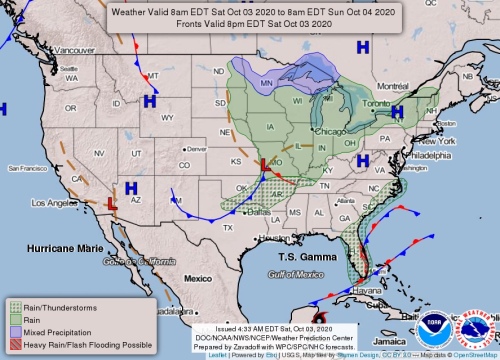


 Birds that are migrating down the western coast, could be pushed out over the Gulf of Mexico, and will need to reorient during daylight hours, hitting coastal migrant traps in late morning and afternoon hours. Conditions in the Gulf are not conducive for migration.
Birds that are migrating down the western coast, could be pushed out over the Gulf of Mexico, and will need to reorient during daylight hours, hitting coastal migrant traps in late morning and afternoon hours. Conditions in the Gulf are not conducive for migration.
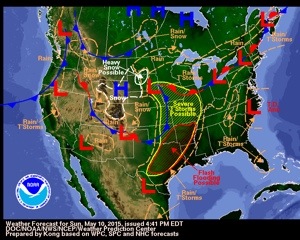




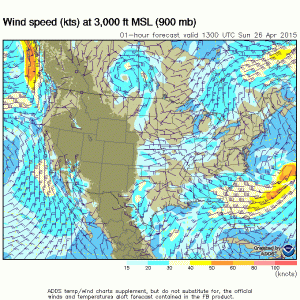











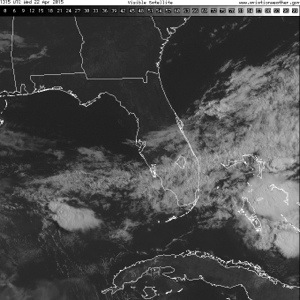





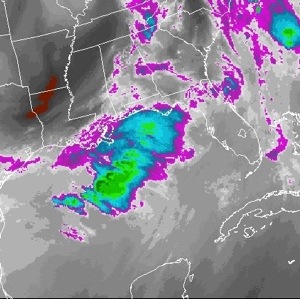











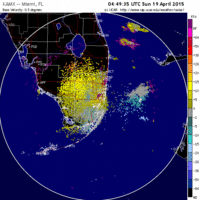
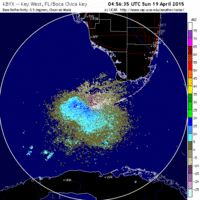



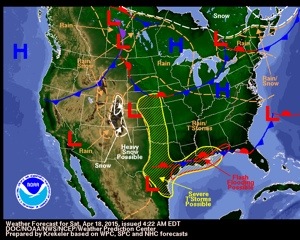





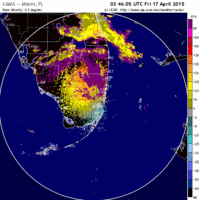



Recent Comments